VISITORS OF SUNSET PARK circled the gamelan musicians, who were already sitting cross-legged, with their interested glances. The chanting of kidung; a traditional sacred song and the echo of a flute playing in response to the tinkling of a gentorang, a musical instrument in the shape of small bells staked like a tower, soon ended the darkness and silence. On Sunday, April 7, 2023, the dim atmosphere becomes increasingly calming; the combination of music and crashing waves locks people’s hearing and sight.
That night, Manubada, a Gianyar dance group, collaborated with Sundaram gamelan performed a fragment called Ruwatan Samudera right from Sunset Park, Potato Head Beach Club, where the open sea can be seen clearly. The sacred sea, the sublime ocean, is the Balinese people’s life philosophy, protecting nature and its knowledge. This discourse has been chosen to be developed in this performance.
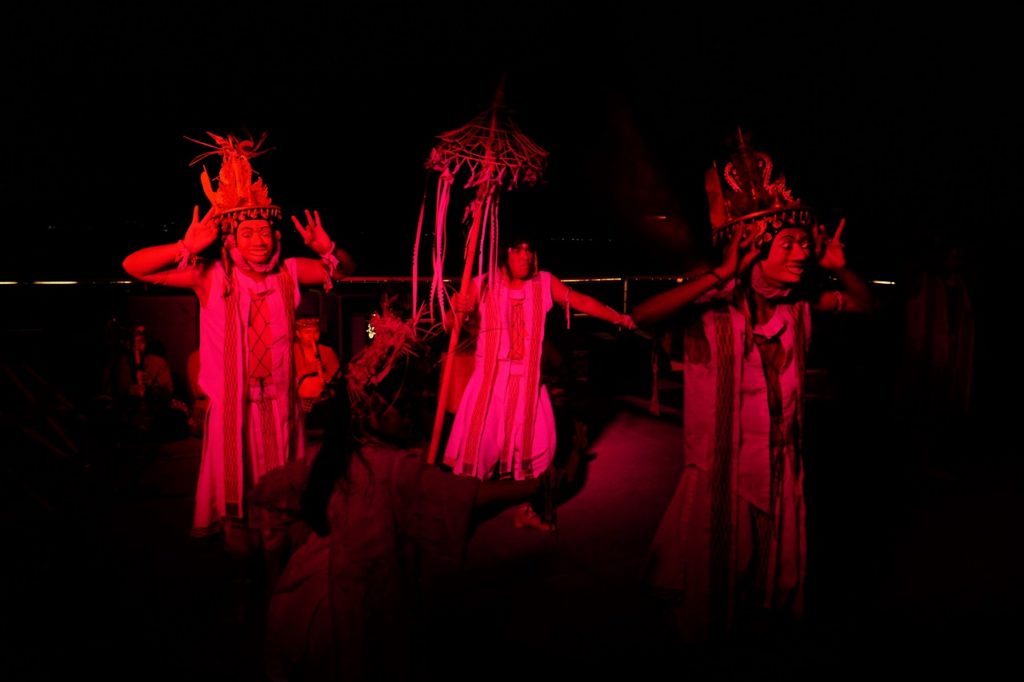
Ruwatan Samudera
The performance’s discourse is based on the collective experiences of the choreographer and founder of Manubada, I Komang Adi Pranata and his members when performing rituals of self-sacrifice or cleansing at holy water sources in various locations. They encountered mental and physical well-being afterward. This experience was then dissected, broadened, and compared to a similar purification memory, namely Melasti.
The Melasti ceremony is used to take holy water in the middle of the ocean or a spring. The ceremony is interpreted as cleansing the universe, including mother earth and all that resides within it, as well as the micro- and macro cosmos. The Hindu community in Bali performs it collectively, with full awareness and sincerity, in preparation for Nyepi and other major celebrations.
The beauty of the Melasti procession, according to Mang Adi, was not only seen in the line of people walking to the beach. They walk joyfully while carrying pratima, which is interpreted as the physical embodiment of the god, banners, umbrellas, or other ceremonial instruments in the form of umbrellas, and other offerings. But also the people’s devotion to their ancestors, traditions, and rites passed down from generation to generation. Mang Adi and the other members of Manubada then created this solemn atmosphere into a dance fragment.
The agreed-upon initial concept was then jointly executed to achieve the desired level of performance. Ocean-sea impressions were dissected and fragmented into the bodies of dancers for their cultural memory of the sea, incorporating personal memories into communal works.
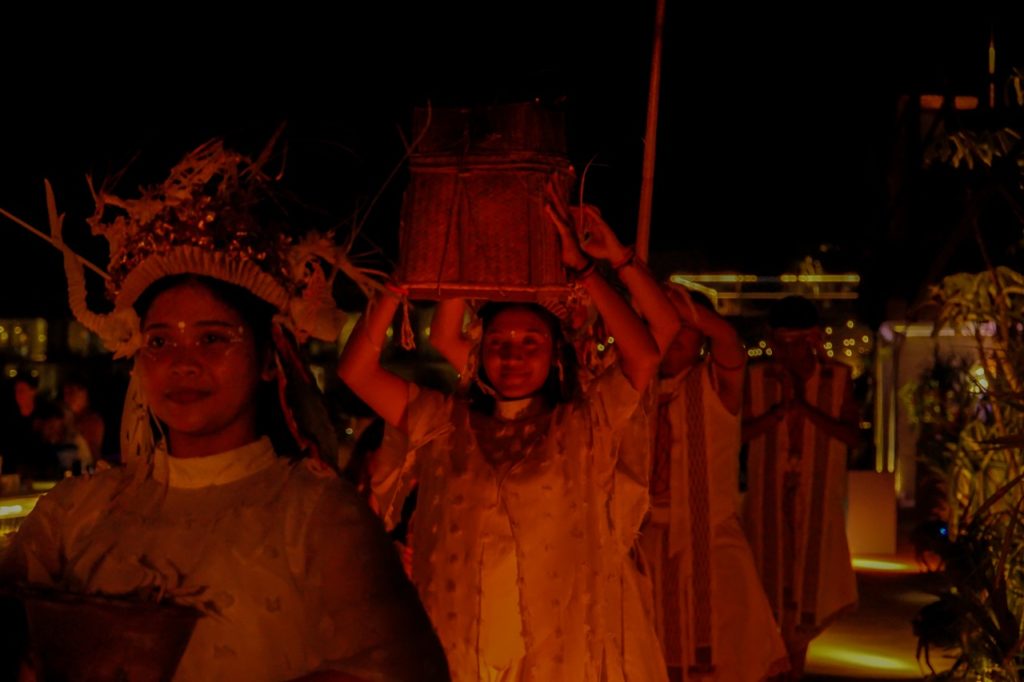
Ruwatan Samudera
The dancers moved gracefully, carrying props representing the ceremonial instruments used during the Melasti procession, accompanied by the sound of a flute, gentorang, and the strains of a ballad from the Sundaram gamelan. The dancers’ delightful expressions and dynamic movements reflected their offering of gratitude and joy for the cleansing grace of the ocean. Magical was the atmosphere created while the show was in progress. The audience appeared to be a part of the Melasti procession that was taking place on the beach.
This work, however, does not stop there. Ruwatan Samudera is a work in progress that allows for the possibility of patchwork without abandoning the initial concept that was built. Water, whether calm or swift, nurturing life, peace of mind, and cleansing of all stains inside and outside the human body. Similarly, in a performance, changes, and exploration will accelerate it forward. [T]




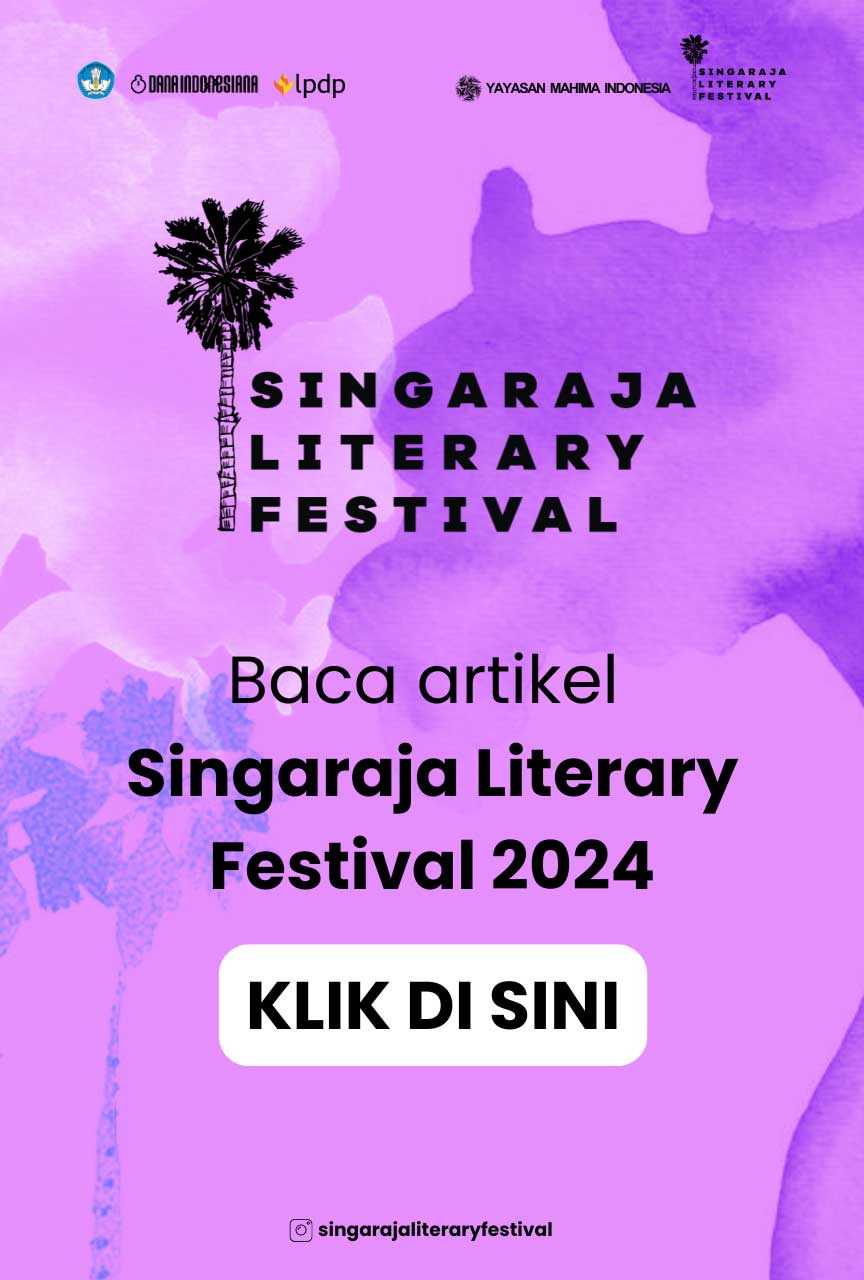
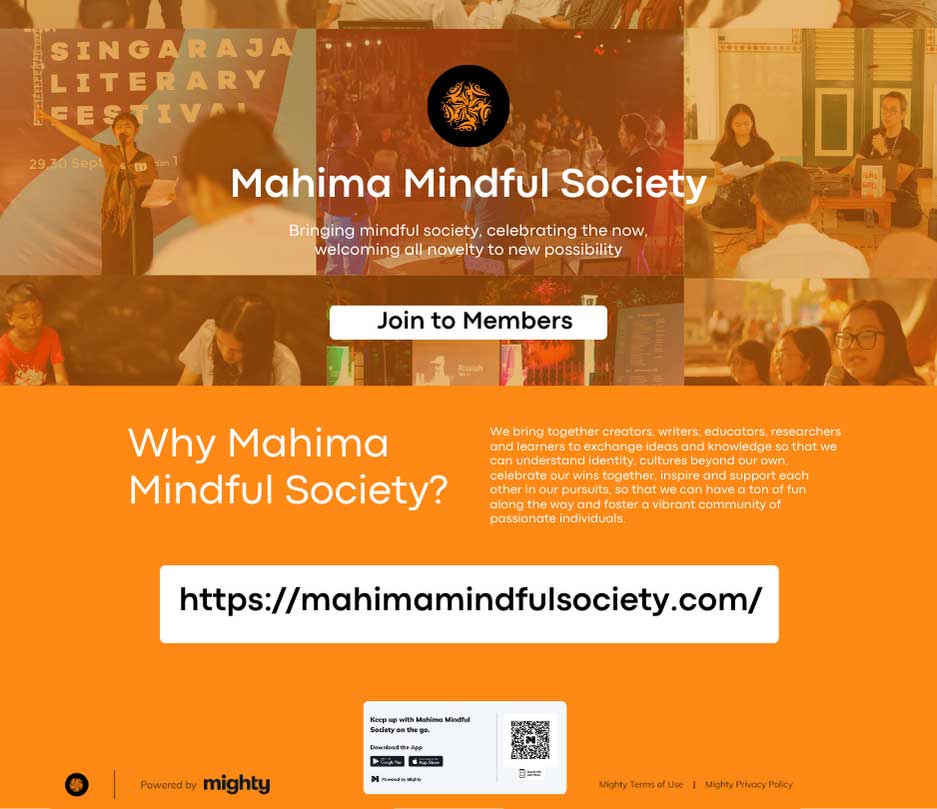




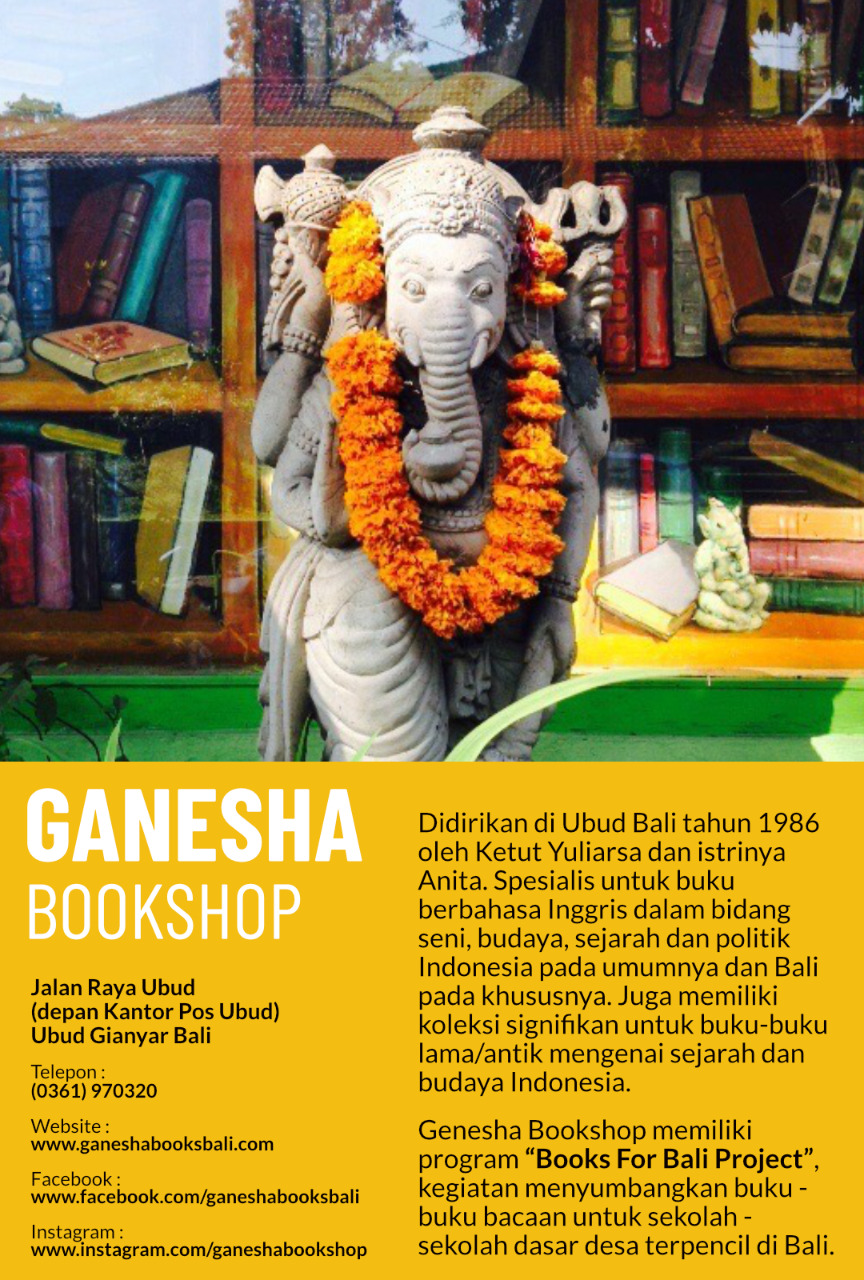
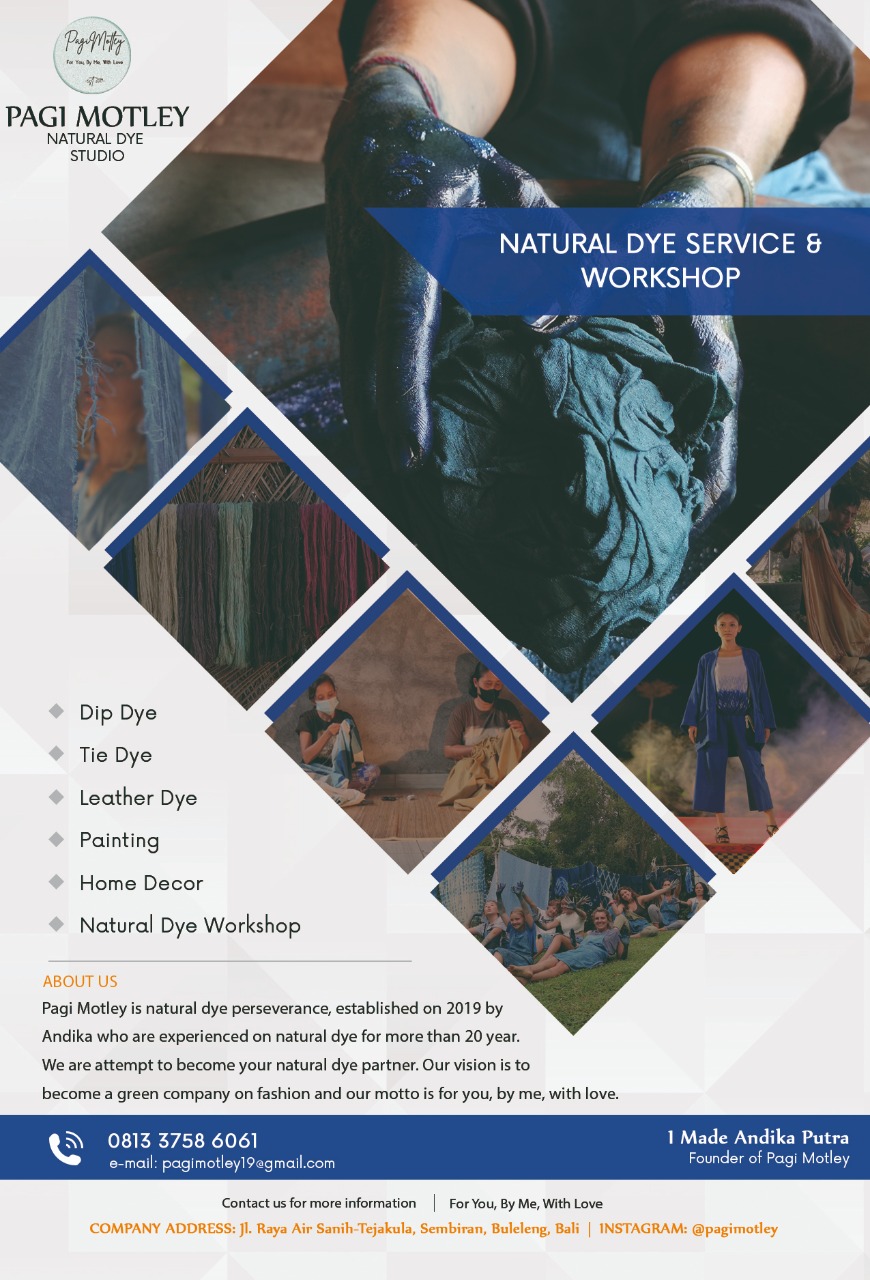











![Kampusku Sarang Hantu [1]: Ruang Kuliah 13 yang Mencekam](https://tatkala.co/wp-content/uploads/2025/01/chusmeru.-cover-cerita-misteri-120x86.jpg)









